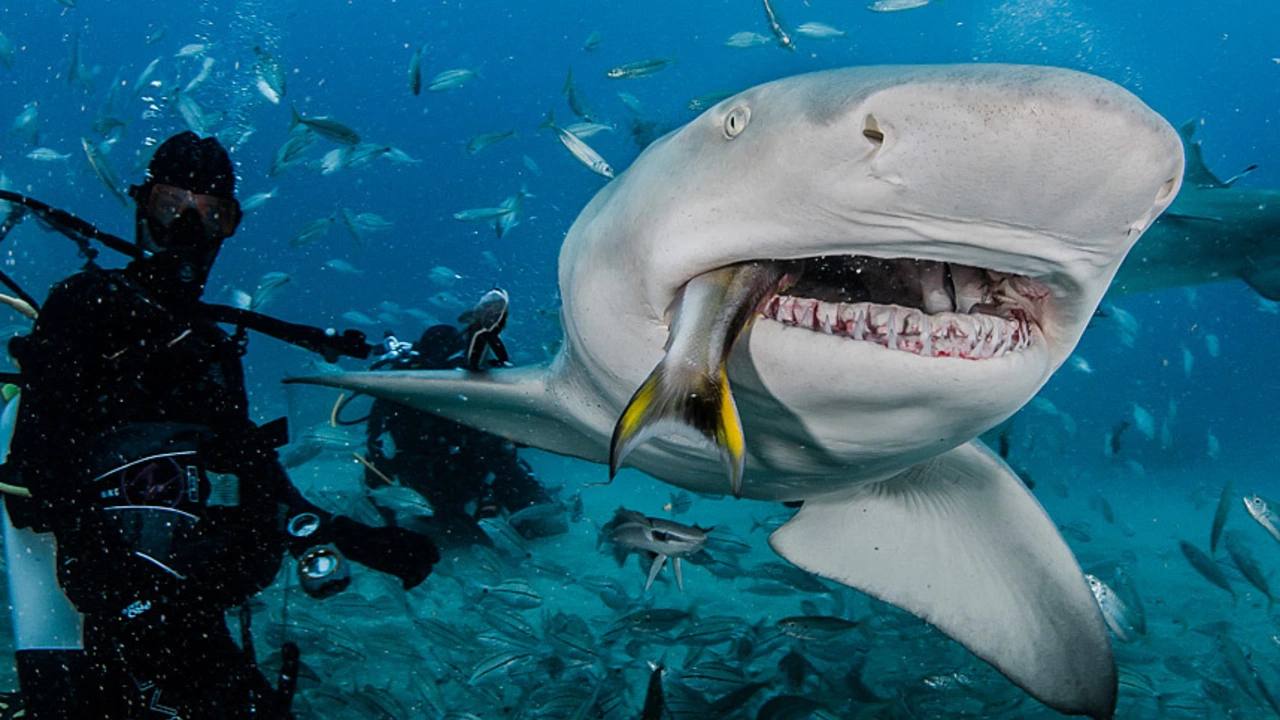Marine Biology: What You Need to Know About Ocean Life
If you’ve ever wondered why sharks can disappear into the deep or how tiny plankton keep the whole sea ticking, you’re in the right spot. Marine biology isn’t just for scientists – it’s the story of everything that lives under the water, and you can start learning it today without a lab coat.
Why Marine Biology Matters to Everyone
First off, the ocean feeds, powers, and even cools our planet. That means every fish, coral, and kelp forest plays a part in the air we breathe and the weather we get. Understanding the basics helps you make smarter choices – like picking sustainable seafood or supporting local beach clean‑ups.
Sharks: The Deep‑Diving Champions
One of the coolest marine‑biology facts is how deep sharks can go. Most species, like the great white, cruise around 1,000 to 2,000 feet. The Greenland shark holds the record, diving to about 10,000 feet. Those depths bring crushing pressure and near‑freezing water, but sharks have special oils and flexible skeletons that let them survive. Knowing this shows how adaptable marine life is and why protecting deep‑sea habitats matters.
When you read our post "How deep can sharks swim in the ocean?" you’ll see a quick rundown of the numbers and why each shark’s body is built for its favorite depth zone. It’s a neat glimpse into the science that keeps these predators thriving.
Beyond sharks, marine biology covers everything from coral reefs that act like underwater rainforests to microscopic plankton that produce half the world’s oxygen. Each layer of the ocean has its own community, and they’re all linked. If a reef bleaches, the fish that depend on it vanish, which then affects the larger predators that hunt those fish.
Want a simple way to see this in action? Head to the local tide pool or a beach during low tide. You’ll spot sea anemones, crabs, and maybe a shy octopus. Observing how they interact is a hands‑on lesson in food webs and adaptation.
Another practical tip: support marine‑protected areas. These zones limit fishing and development, letting ecosystems recover. Even voting with your wallet – choosing brands that fund ocean research – adds up.
At Sutton Sports Hub we love the link between water sports and marine life. Whether you’re swimming, surfing, or just walking the shore, you’re part of the marine world. Knowing a bit about marine biology makes every splash feel more meaningful.
So, next time you hear a shark story or see a dolphin leap, remember the science behind it. Marine biology is the key to respecting and protecting the blue planet we all share.
Do sharks go down to 3,000 feet to swim?
- Kieran Lockhart
- on Jul 26 2023
- 0 Comments
In my recent exploration of marine life, I've come across some fascinating facts about sharks. Surprisingly, these creatures are known to dive as deep as 3,000 feet into the sea. This depth is not the limit though, with some species like the Bluntnose Sixgill Shark known to travel even further down. They typically do this to hunt, as many deep-sea creatures are part of their diet. This ability to go to such extreme depths showcases the incredible adaptability of sharks in their underwater environment.
